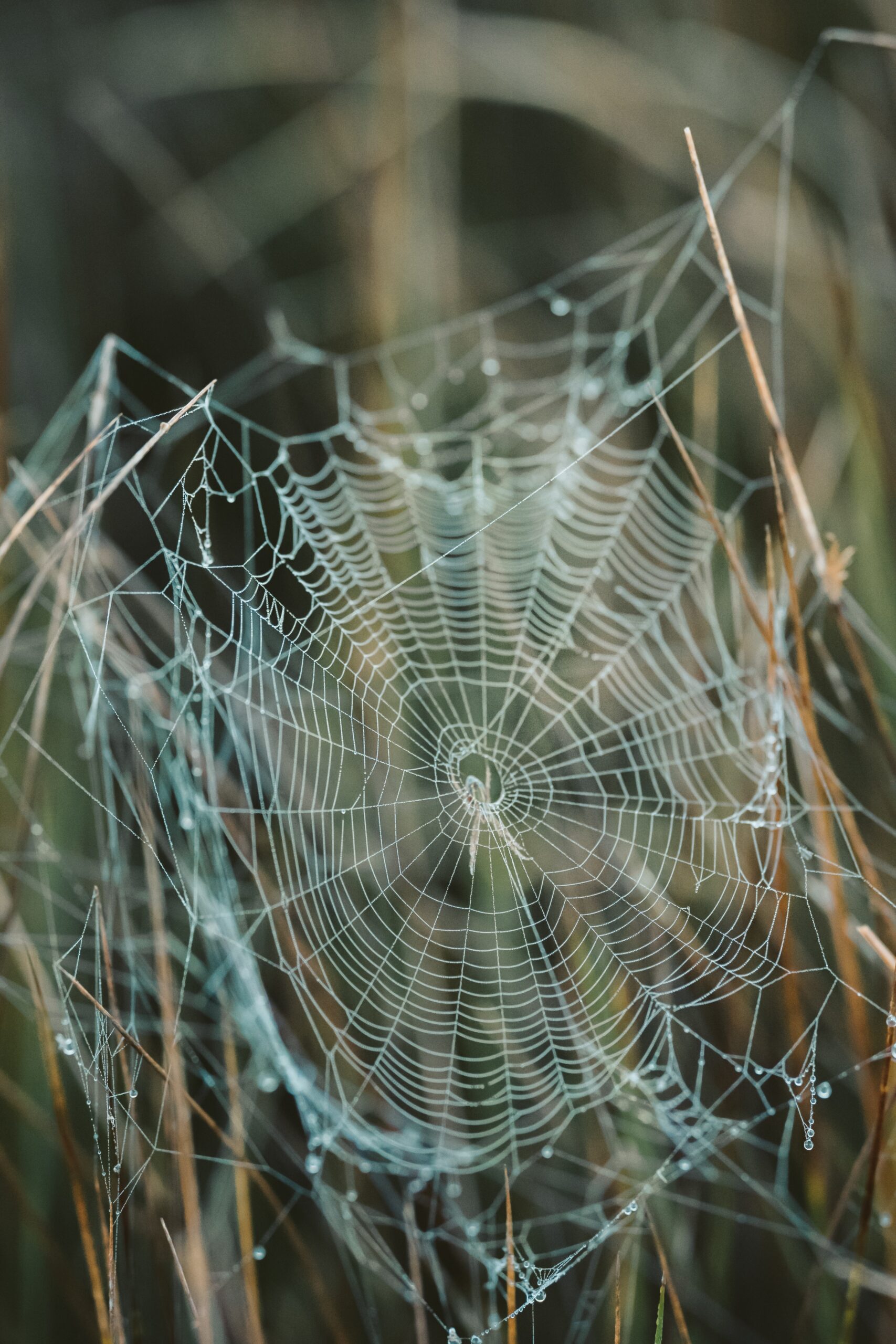What You Can Do to Navigate This Period
In Portland, pest control means taking preventive measures to monitor what the season will bring. That also means that it’s especially helpful to know what the different life cycles of insects are doing to bring them into our direct path.
As part of any ecosystem, spiders are usually beneficial—taking care of truly damaging and disease-carrying pests like aphids, fleas, mosquitoes, fruit flies, and other more poisonous spider species.
In the case of the hobo spider, while scientific consensus on whether or not their bite is truly venomous is up for debate, the anecdotal evidence strikes terror into the hearts of many people. Better safe than sorry in terms of being careful to protect our homes from this species.
What Is the Hobo Spider?
Eratigena agrestis is commonly known as the funnel web spider. These individuals construct a web that has an opening shaped like a funnel, getting wider at the top. The spider parks itself deep in the funnel and waits for prey. When prey lands in the web, it darts out and captures its victim.
Their bodies are specially designed to run across the type of web they create, which is more like a sheet and less like the web most people are used to seeing.
Because of this intriguing design, they’re not very good at climbing slick surfaces. They can’t climb up porcelain or other smooth surfaces such as untextured walls. So they’re often found stranded inside bathtubs or sinks, and they typically remain on the ground if they get inside a house.
Additionally, they’re very fast so that they can race across their sheet web and catch their victims. They run at an average speed of 17 inches per second, hitting speeds up to 40 inches per second at their fastest.
This speed has earned them respect and fear as far as spiders are concerned. No one wants a hobo spider darting at their feet or leaping toward them like a snake.
So What Does a Hobo Look Like?
Good question! Like other brown and dark-colored spiders, identifying hobo spiders visually is a bit difficult. Experts generally use a microscope or a hand lens to determine if a spider is sincerely a hobo.
For those who aren’t experts, there are a few general guidelines to recognize Eratigena agrestis, the hobo spider:
- It’s brown, with a brown cephalothorax with darker brown markings.
- It has brown legs. Unlike other species that are brown, it does not have dark bands on its legs.
- Its abdomen has a pattern of yellow markings on a gray background.
The problem is that many spiders look very similar and have fairly standard markings, so sometimes the best thing to do is err on the side that it is a hobo. General advice is to control for spiders around your house and practice other preventative measures to keep spiders out.
Why Are Hobos Coming into My House?
Like other insects, hobos seek mates in the autumn.
As August rolls around, when the temperatures begin to cool, these arachnids prowl for a mate or a place to lay their egg sacs, often also looking for a spot to overwinter. (Males die after mating, however.)
Houses aren’t off-limits to these prowling creatures, and they often follow chemical pheromones left by the opposite sex in their hunt for a way to fulfill the final stage of their life cycle.
Prevention is best, and so we suggest finding weak spots in your home that allow the creatures to get inside.
Place non-pheromone-baited sticky traps around spots you think they might be entering to monitor where any weaknesses might be.
This means looking at things like door sweeps, windows and screens, and foundation cracks:
Install weather stripping.
Seal foundation cracks and crevices.
Replace door sweeps on exterior doors, including the garage door. The door sweep must come in complete contact with the ground on both sides of the doorway.
Further, we suggest other steps to keep this potentially venomous species out:
Address outdoor lighting. Spiders are always on the hunt for food. Other insects are food, and they’re attracted to normal lighting. Replace outdoor lighting with sodium vapor lights, which don’t attract insects as much.
Vacuum regularly. Hobos come inside looking for a mate, but they stay because there are food sources. Vacuuming often minimizes available food.
Reduce clutter. Hobos love secluded spots where they can hide or lay egg sacs. Boxes on the floor, lawn ornaments, woodpiles, rock borders, and other yard features of that nature are hiding places.
Set traps. During hobo season (August through October), sticky traps in every room near the baseboards will help identify whether you have any issues.
Otherwise, we are always available for consultations on how to keep your home and family safe during hobo season, which is fast approaching! Contact us for further information on what you can do and how we can help.



